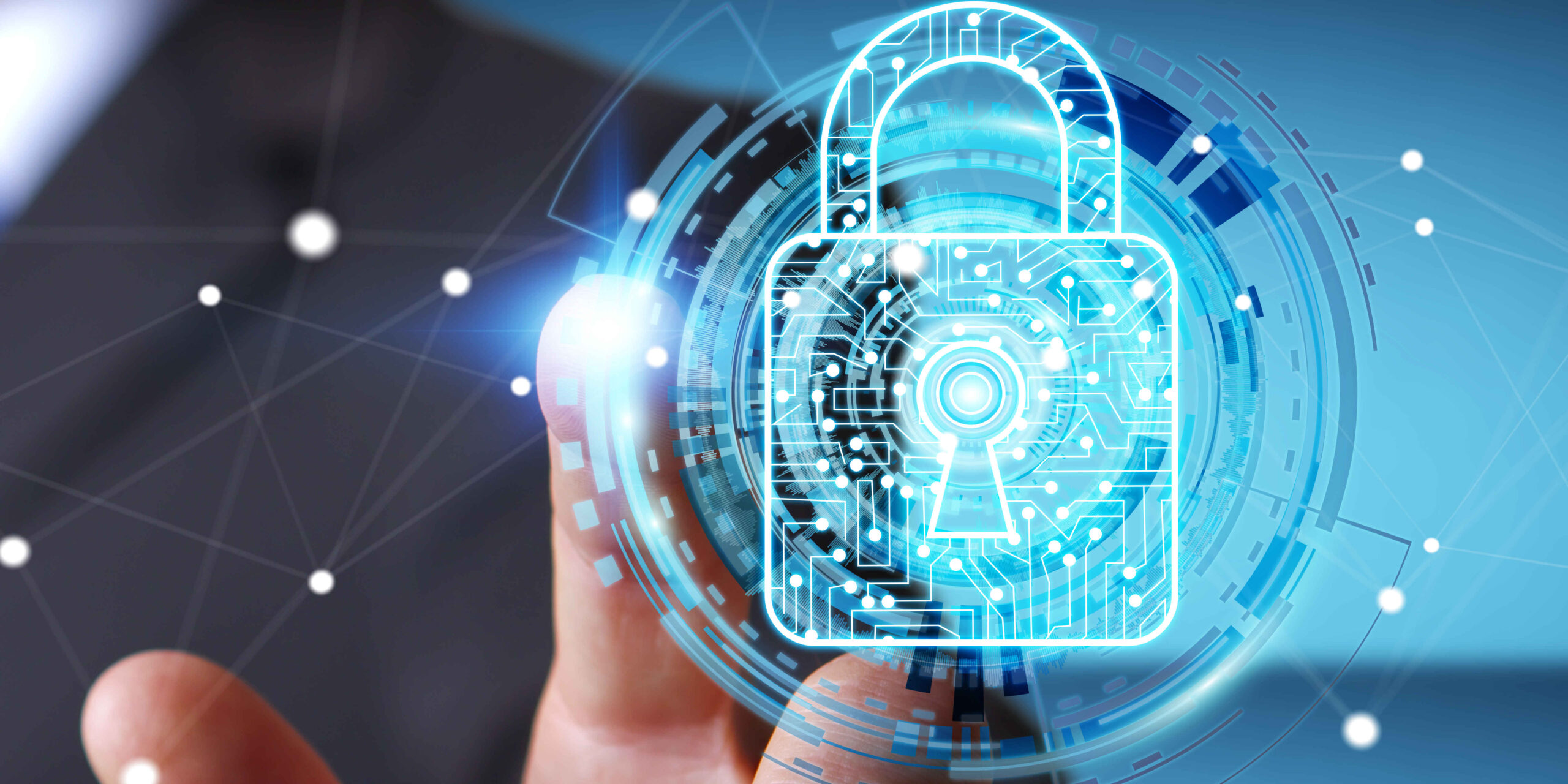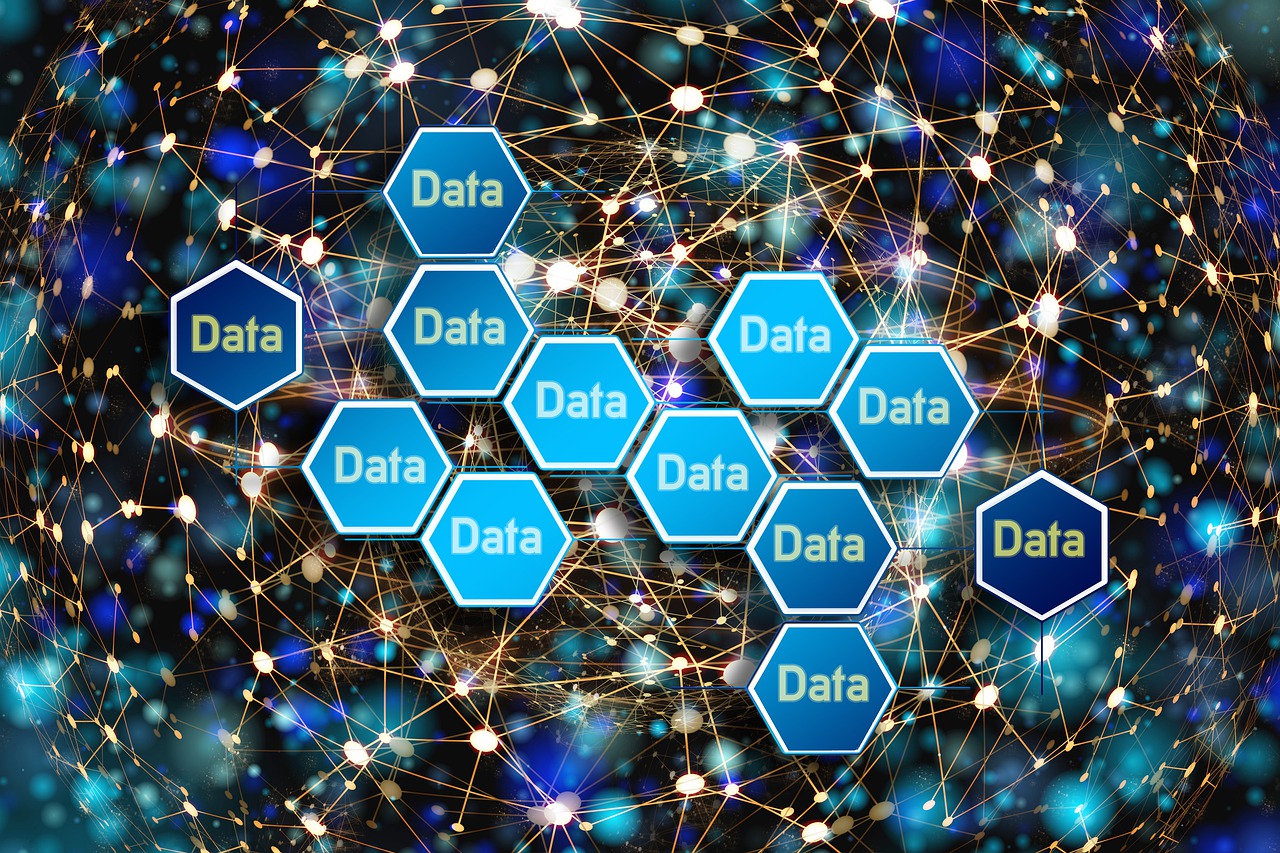FinTech
“Financial Technologies” means in its broader definition technologies applied and used in the financial service sector, principally used by financial institutions themselves on the back end of their businesses and by their clients. Nowadays they include also Information and communication technologies, Cryptography, Artificial Intelligence, Blockchain techniques etc.


RegTech
“Regulatory Technology”, is a regulatory transformation of the Fintech, i.e. the financial industry which regulation part is undergoing transformation by innovative software including cloud computing, AI etc. for improving operation of Fintech as the whole. Usually it includes mainly:
- Automated Reporting
- Identification, prediction, of compliance and regulatory risks
- KYC management, AML and Anti-fraud control
- Data-driven monitoring of compliance and regulation changes
- Real-time solutions of transaction monitoring and securing
Artificial Intilligence
“Artificial intelligence” or “AI” is a behavior of a technical (computer) system which resembles human intelligence e.g. as tested by “Turing’s Test” (1950). For demonstration here we list examples of 15 AI systems in alphabet order (Note: “*” means our R&D and application experience): Automated programing*, Cognitive systems*, Consulting systems*, Creative systems*, Expert Systems*, Knowledge systems, Learning systems, Machine vision, Natural Language processing*, Pattern recognition*, Predicting systems*, Problem solving systems, Q-A systems*, Robotic systems*, Speech recognition/synthesis* etc. The most advanced AI system is called Artificial Personality* (AP) which includes also human-like emotions and creativity. (Since 1998 we developed and put in operation 5 kinds of AI systems in GCC countries.)


Secuirty
In the term of “Security” we mean “ICT security”. It is a set of means which protect computer and communication systems from being attacked and misused by criminals in order to steal information, data or money, or cause damage, e.g. cause operation outage or malfunction. Sometimes they use also AI techniques for detecting and self-correcting functions.
PoS
PoS abbreviation stating for “Point of Sales” is used usually in two meanings: (1) A small device which is used for payment for purchasing goods or services by payment cards (such as VISA or Master Cards) or (2) A set of devices which a cashier and a customer use for executing the payments for purchases, e.g. money case, keyboards, monitors, card reader, printer, NFS, BC and QRC scanners, Internet router etc.


Blockchain
A Blockchain can be understood as a decentralized, distributed and public digital ledger that is used to record transactions and their values across many “copies”, which also includes a technique which ensures that any involved record cannot be altered retroactively. The technology is based on encryption discipline and also it is called a value-exchange protocol. Its main disadvantages are computing power needed and the risk when access information is lost, the content cannot be renewed.
Encryption
A mathematical discipline dealing with the encryption is cryptography. The encryption is a process of encoding a message (i.e. information or data) in such a way that only authorized parties can access the original from its encrypted form and those who are not authorized, cannot. The encryption itself does not prevent interference, but denies the intelligible content to a potential (usually criminal) interceptor. Because of limited nature of data, every encrypted data can be decrypted, so the goal is to do it practically impossible (e.g. too much computing power and time would have to be used).


Tokenization
The tokenization is a process of replacing sensitive data with unique identification strings of symbols which retain all the essential information needed about the data without compromising its security. The principle is that in the risky environment where the data is to be passed through the original data is not used, but the tokenized.
Open API's
The Open API, also known as a Public API, is an initiative aiming that the application programming interface is made publically available to software developers. Open APIs allow the owner of a network-accessible device and service to give universal access of that service to consumers. Recently Open API’s are provided also by banks to parties who use their banking services or provide them other services. It enables also bank clients to access banking services from their mobiles.


Cloud Computing
According to Wikipedia “Cloud computing is the on-demand availability of computer system resources, especially data storage and computing power, without direct active management by the user. The term is generally used to describe data centers available to many users over the Internet.”
IoT
The “Internet of Things” or “IoT” is a system of interrelated computing devices, mechanical and digital machines, objects, animals or people that can be provided with unique identifiers (UIDs) and the ability to transfer data over a network without requiring human-to-human or human-to-computer interaction. Actually, it is nothing new but just the next evolution step in developing ICT system. Similar systems have been used decades ago, but the “sticker” of IOT started to be used about 2000.


Parallel Computing
Parallel computing is a type of computation in which many calculations or the execution of processes are carried out simultaneously. Large problems can often be divided into smaller ones, which can then be solved at the same time. There are several different forms of parallel computing: bit-level, instruction-level, data, and task parallelism. The Parallelism has long been employed in high-performance computing, but it’s gaining broader interest due to the physical constraints preventing frequency scaling. As power consumption (and consequently heat generation) by computers has become a concern in recent years, parallel computing has become the dominant paradigm in computer architecture, mainly in the form of multi-core processors. Substantial problems are connecting processing entities together and creating algorithms which can use such systems advantageously.
Mobile Communication
The mobile communication is a discipline which changed lives of billions of people by bringing them mobile phones or smart phones in their personal lives. I happened mainly because providing them Internet connectivity and Internet services, like social networks, Internet telephony, TV over IP, Mobile Financial Services (MFS) etc.


AML
The abbreviation of “AML” means “Anti Money Laundering”, i.e. all techniques, algorithms and other means for preventing criminals to legalize money made illegal (criminal) ways. The more it is complicated to legalize illegal money, the less criminals are motivated to commit crimes and make illegal money. So, AML features are in accordance of every moral person.
